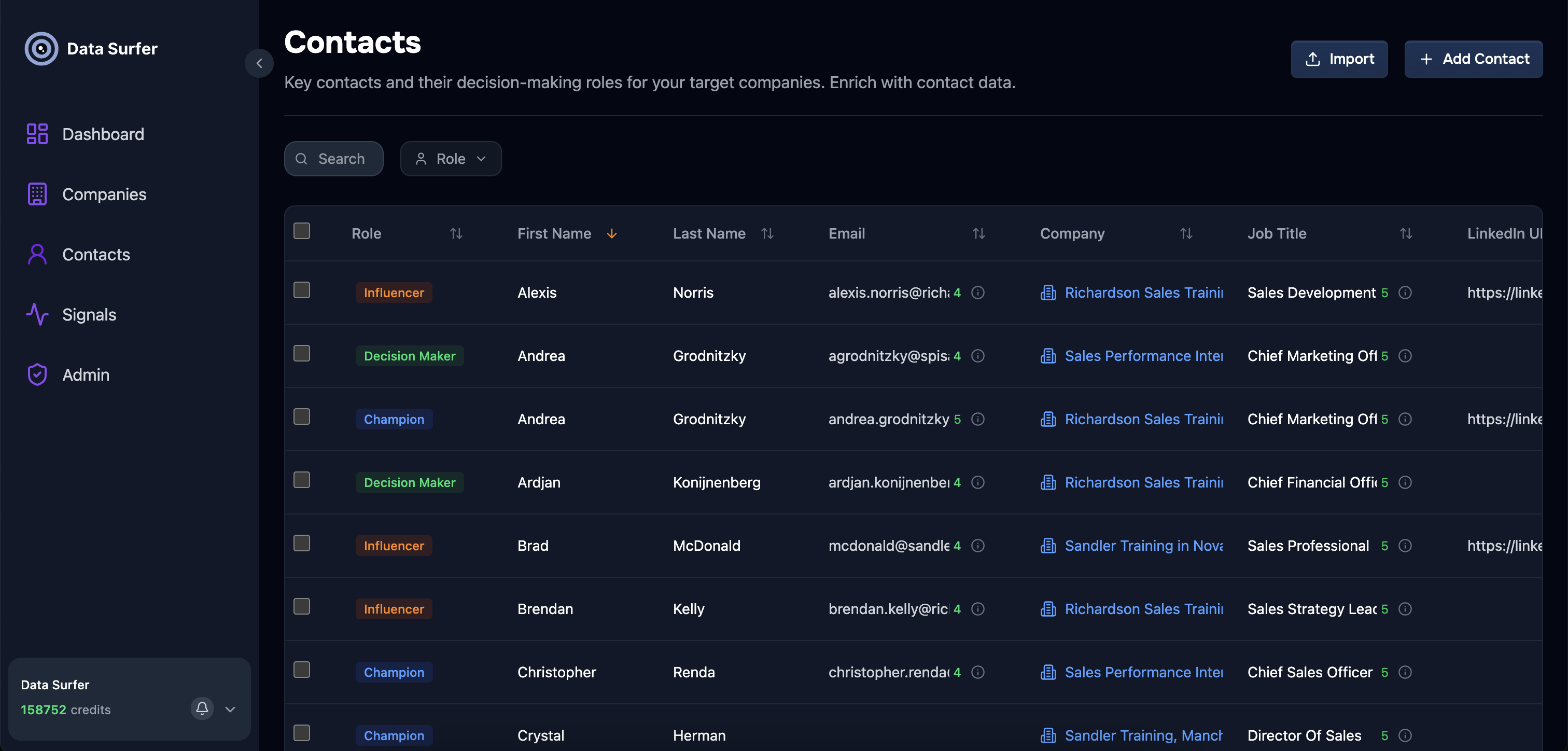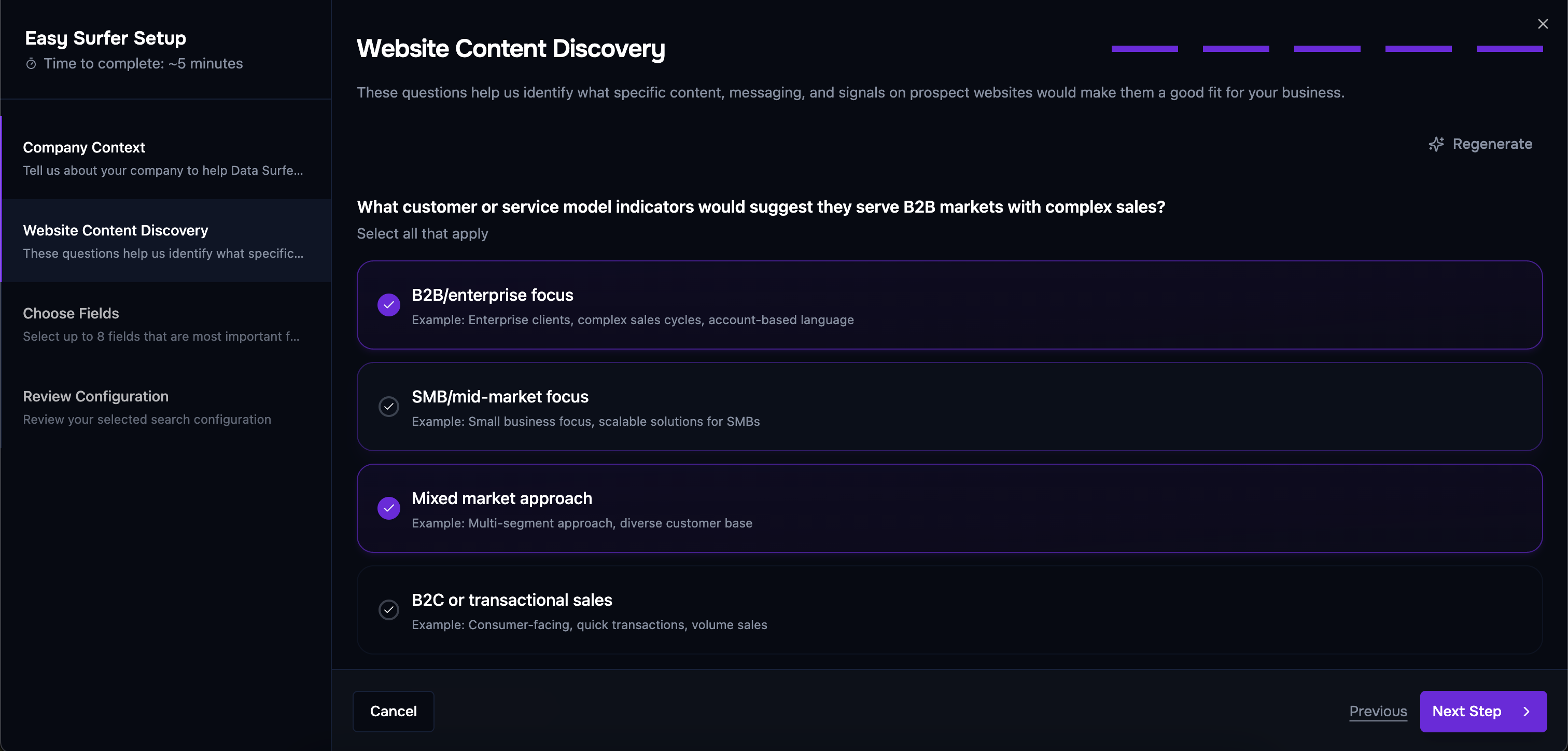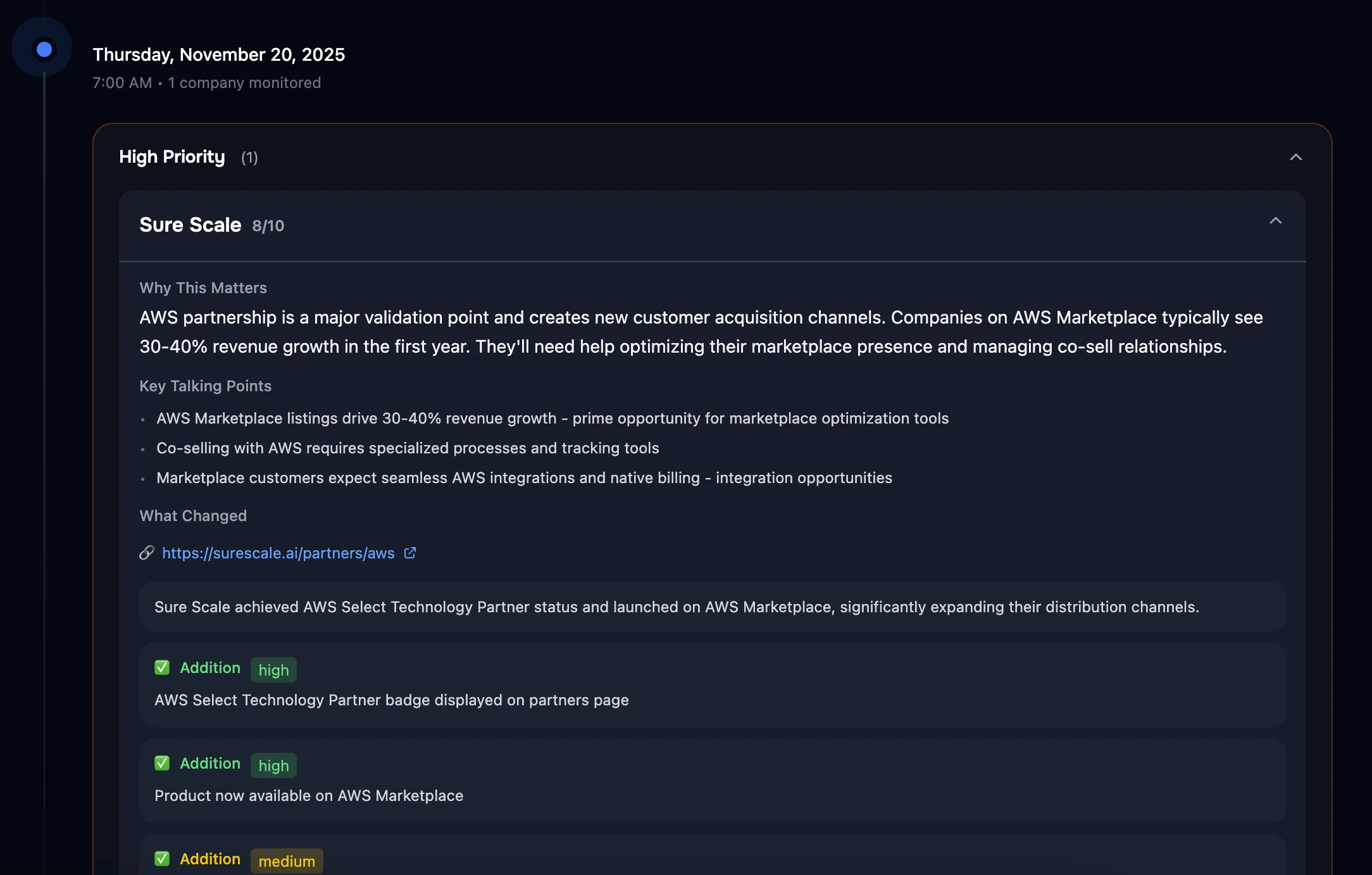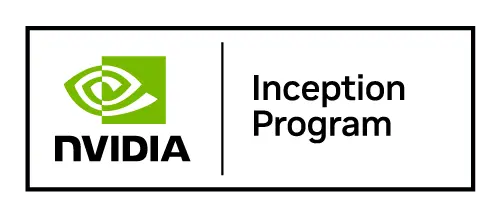Stop researching. Start selling.
Find qualified prospects with verified contacts in minutes.
First 1,000 members • $39 Free for 5 years
No credit card required


You spend hours researching. Craft the perfect pitch. Hit send... crickets.
Everyone has the same intel. So why do some reps always win?
They find better data faster and know when to reach out.
What Everyone Sees
Location: London, UK
Employee Count: 11-50
Industry: Finance
500 other reps see this too
It's generic, and doesn't consider what you need to qualify a lead.
What Data Surfer sees
Everything else, plus...
Wording: Customer-centric focus
Hiring: Significant increase in sales positions
Recent funding: Series B
Updated about page: Changes in website wording shows B2B shift from B2C.
Fresh context changes everything
Isn't it time to control the rejection, and reach out to people actually interested?
Intent and timing is everything.
It's 2025. People are over the same mass marketing BS.
...and personalization? "Congratulations on the new role!" *yawn*
You do know thats message number 20 from the same AI-generated template!
It's time to focus on those showing an interest to buy, at the right time.
How? Scroll down to see the process!
The Process
Define Your Perfect Customer

Find companies

Research Companies

Identify Key Decision Makers

Get Emails, Socials, and Phone Numbers

Monitor Buying Signals

Founder's Story
Why we built Data Surfer

Nick Watson
CEO & Founder
After hundreds of sales calls, I realized timing is everything. I kept hearing 'call us back in 6 months' or 'not right now' from prospects who would buy later. Meanwhile, my emails and LinkedIn messages weren't getting responses because I was reaching out at the wrong moment. I knew there had to be a better way to identify when companies were actually ready to buy, rather than playing the guessing game.
After hundreds of sales calls, I realized timing is everything. I kept hearing 'call us back in 6 months' or 'not right now' from prospects who would buy later. Meanwhile, my emails and LinkedIn messages weren't getting responses because I was reaching out at the wrong moment. I knew there had to be a better way to identify when companies were actually ready to buy, rather than playing the guessing game.

Nick Watson
CEO & Founder



